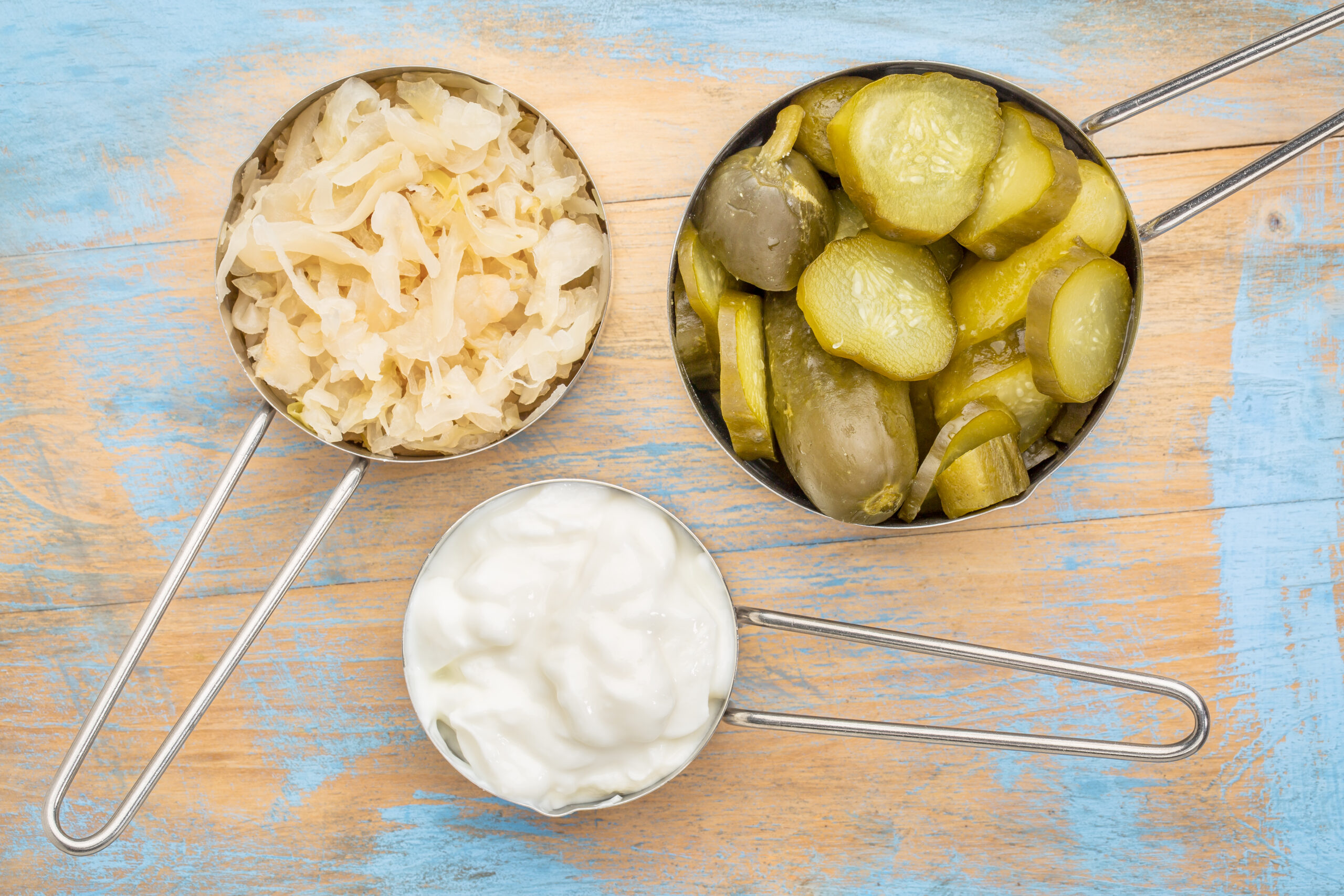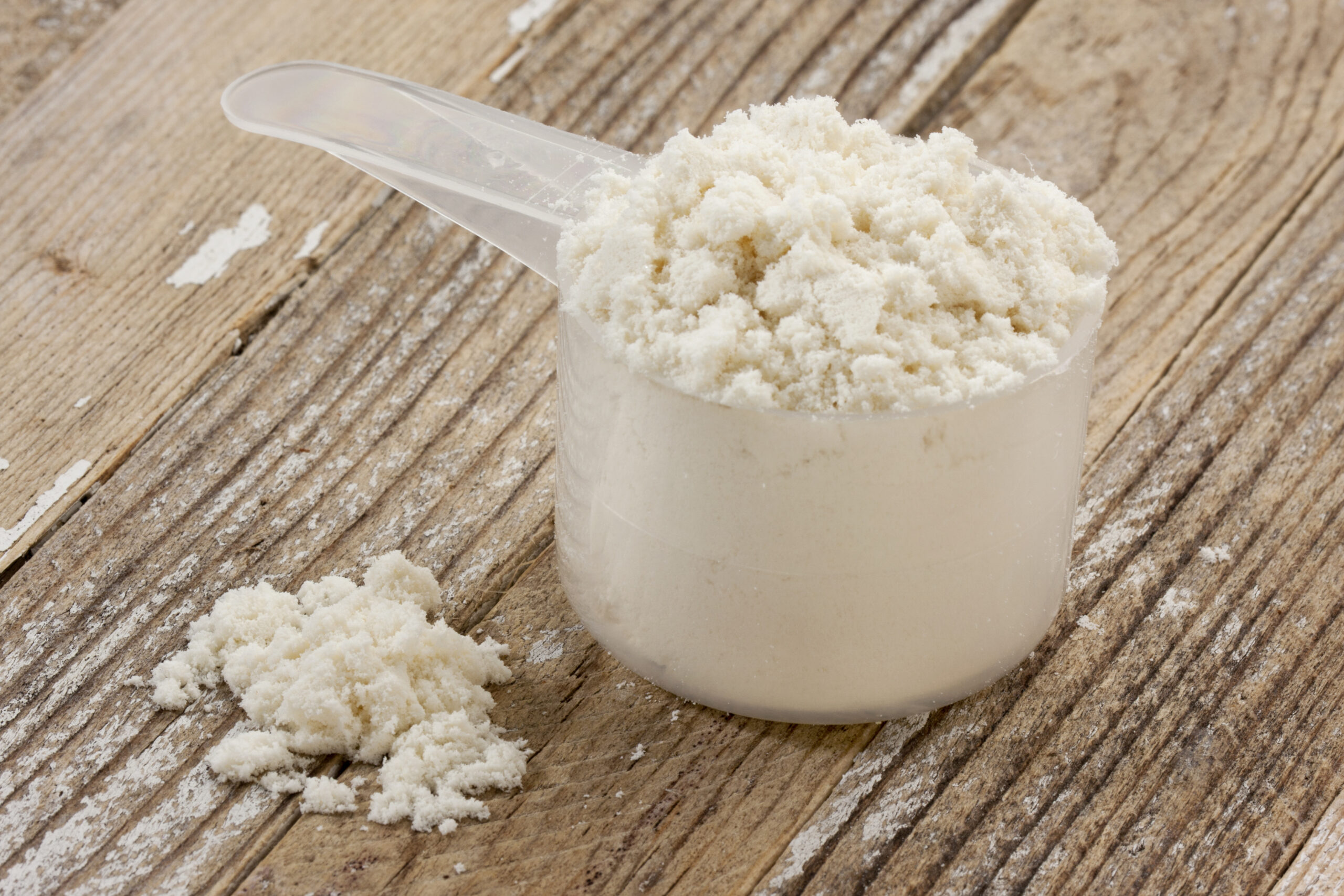You’ve probably seen “low-GI” stamped on food labels or hyped in healthy recipe blogs, but what does it actually mean? And is it something you need to care about?
The glycaemic index is often discussed in nutrition circles, especially when it comes to managing blood sugar and weight. But it’s not just a buzzword — understanding GI could help you unlock better energy, fewer cravings, and even healthier-looking skin!
This article will explain what the glycaemic index is, why it matters, and how to use it to your advantage (without obsessing over charts).
What Is the Glycaemic Index, Exactly?
The glycaemic index (GI) is a ranking system that measures how quickly a carbohydrate-containing food raises your blood sugar levels. Foods are ranked on a scale of 0 to 100:
- High GI (70 and above): causes a rapid spike in blood sugar. Examples include white bread, glucose, rice cakes, and cornflakes.
- Medium GI (56–69): moderate rise. Think couscous, raisins, and basmati rice.
- Low GI (55 and under): slower, more stable increase in blood sugar. Examples include oats, lentils, sweet potatoes, chickpeas, and apples.
It’s important to note that the glycaemic index only applies to carbohydrate-containing foods — you won’t find a GI rating for chicken, olive oil, or eggs. It also doesn’t account for portion size. That’s where glycaemic load (GL) comes in.
Glycaemic load is a more practical way of assessing a food’s real impact on your blood sugar. It combines the quality of the carbohydrate (GI) with the quantity you’d typically eat. For example, watermelon has a high GI, but because it’s mostly water and typically eaten in small portions, its glycaemic load is low. This helps explain why not all high-GI foods are necessarily problematic.
Why the GI Matters
So why care how fast your blood sugar rises? Because those sharp spikes and the crashes that follow affect a lot more than just your mood.
When you eat high-GI foods, your body digests them quickly, causing a rapid rise in blood glucose. That can lead to:
- Energy crashes and brain fog
- Increased hunger and cravings (especially for sugar)
- Mood swings and irritability
For anyone working towards weight loss, this is especially important. High-GI diets can encourage overeating by increasing hunger and reducing satiety. In contrast, low-GI foods help stabilise appetite, promote fullness, and can support more consistent fat loss when paired with other healthy habits.
Over time, regularly spiking your blood sugar can lead to more serious problems:
- Difficulty losing weight or maintaining weight loss
- Weight gain
- Insulin resistance
- Chronic inflammation
And here’s the kicker: elevated blood sugar is one of the main drivers of glycation, a process that damages collagen and elastin — two proteins that keep your skin firm, bouncy, and youthful. High-GI eating doesn’t just mess with your energy, it messes with your glow.
In the long term, diets built around high-GI foods are associated with increased risk of type 2 diabetes, cardiovascular disease, and conditions like PCOS (polycystic ovary syndrome).
Low-GI = Lower Inflammation
A diet built around low-GI foods tends to be naturally anti-inflammatory. Because it avoids the constant sugar spikes and crashes, it puts less stress on your metabolic system and reduces oxidative stress in the body.
Chronic inflammation is a known root cause of many issues: from acne and dull skin to joint pain, hormonal imbalances, and even brain fog.
By favouring slower-burning carbs like oats, lentils, and sweet potatoes (especially when paired with healthy fats and proteins) you support a more balanced, calm internal environment.
So yes, low-GI eating can be an indirect but powerful way to eat for lower inflammation, and by extension, better skin, better mood, and more stable energy.
Is Low-GI Eating Always Better?
Not exactly. The glycaemic index is helpful, but it’s not the full picture.
For one, GI values change depending on how a food is cooked (boiled vs. roasted vs. instant), how ripe it is (green bananas vs. ripe ones), and what else it’s eaten with. Adding fat, fibre, or protein to a high-GI food can drastically reduce the blood sugar impact.
As mentioned earlier, some high-GI foods are usually eaten in small amounts, so their actual impact might be quite low in the context of a whole meal.
So no, you don’t need to eliminate high-GI foods entirely. What matters most is your overall pattern. If your meals are built around fibre-rich, slow-digesting carbs with plenty of veg, protein, and fat, you’re already doing great.
How to Eat More Low-GI Without Overthinking It
One of the most effective strategies for eliminating unhelpful habits, including poor food choices, is to replace them with better ones. Behavioural science shows that trying to simply “cut out” a habit often leads to rebound, but replacing it creates a smoother path to long-term change. Once the swap is made, reinforcing the new habit (through ease, visibility, or reward) helps it stick.
That’s exactly how you should approach low-GI eating. Instead of trying to eliminate every high-GI food, think about simple replacements that give you similar satisfaction — but with steadier energy and fewer blood sugar spikes. You don’t need a spreadsheet. Just take a quick inventory of the high-GI foods you eat regularly and look for simple swaps. Here are ten easy replacements to start with:
- Cornflakes → Porridge oats
- White rice → Quinoa, pearl barley, or brown basmati
- White bread → Sourdough or seeded whole grain
- Potatoes → Sweet potatoes
- Bananas → Berries, cherries, or apples
- Rice cakes → Oatcakes or wholegrain crackers
- Fruit juice → Whole fruit or water infused with citrus or berries
- Couscous → Bulgur wheat or lentils
- Crackers → Raw veggies with hummus
- Instant noodles → Wholewheat or buckwheat soba noodles
When swapping out foods, be aware that some options are technically high GI but may be fine in small portions due to their low glycaemic load. You don’t need to cut them out completely, just enjoy them mindfully as part of a balanced meal. Here are a few high-GI foods that can be enjoyed in moderation:
- Watermelon – high GI, but mostly water and low GL per serving
- Mashed potatoes – often eaten with fibre or fat, which slows absorption
- Pineapple – sweet and high-GI, but full of fibre and antioxidants
- Whole wheat bread – depending on the brand, it can have a high GI but still provide fibre and nutrients
- Popcorn – high GI but low calorie and filling when eaten plain
- Parsnips – slightly high GI but loaded with fibre, vitamins, and eaten in moderate amounts
- Dates – high in natural sugar but rich in fibre and often consumed sparingly
Finally, another approach is to add fat, fibre or protein to carbs to slow things down. For example:
- Top toast with nut butter or avocado
- Pair fruit with yoghurt or cottage cheese
- Add beans to rice dishes or soups
- Add a spoonful of chia seeds or flax to porridge or smoothies
- Include a boiled egg or a handful of nuts alongside your fruit or snack
And no, you don’t need to cut out all carbs. Low-GI eating is still very much a carb-inclusive lifestyle, it’s just about choosing carbs that don’t send your blood sugar into a tailspin.
Smarter, Not Stricter: Low-GI Works Without the Extremes
Unlike low-carb diets like keto or Atkins, the goal of eating low-GI isn’t to cut out whole food groups, instead, it’s about choosing the right kinds of carbs. You can still enjoy grains, fruit, and root veg, but in a way that supports blood sugar balance rather than spikes and crashes. The goal is stable energy, fewer cravings, and longer-lasting satiety.
So focus on making a few high-impact swaps, pair your carbs wisely, and lean into whole, minimally processed foods. Your skin, mood, and metabolism will thank you.



